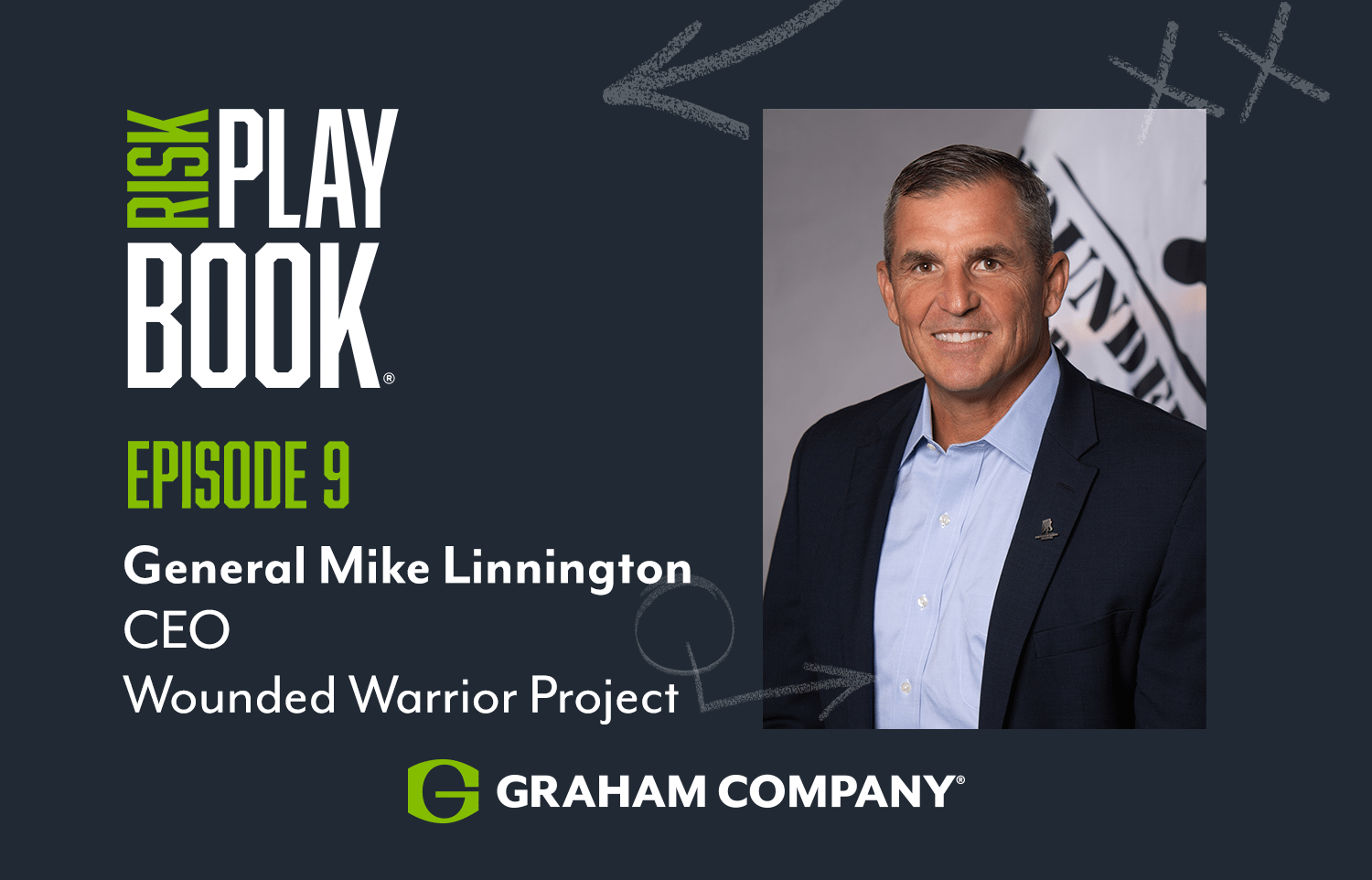Whenever I conduct an internal investigation related to slips, trips and falls, there are three areas of prevention I focus on: working environment, employees and policies/procedures.
Working Environment
Whether it’s indoors or outdoors, you have to make sure you’re taking necessary precautions. For outdoor working environments, especially during the winter, adequate snow and ice removal contracts need to be in place – and vague contract language won’t do. Rather than having a contract state that snow and ice will be removed on an “as-needed basis,” be explicit. Have it say exactly when, how and who will be removing snow and ice. You should also include language regarding preventive measures (i.e., placing salt on the sidewalks and parking lot) in anticipation of snow and ice.
For an indoor working environment, companies should have a comprehensive housekeeping program in place. Written policies need to be in place for both routine operations, such as sweeping and mopping, as well as for spills or anything that needs an immediate response. There should also be reporting requirements. You should have ongoing records of when routine operations take place, how frequently they occur and who is carrying them out. For example, in a restaurant setting, documentation of a routine operation would include a reporting sheet hanging up in the restroom showing the last time it was cleaned.
Floor matting is also important for indoor working environments. Not only do you need to have an adequate amount of mats in areas where employees and visitors are more susceptible to slip, trip and fall, you also need to consider where you’re placing them. Mats should be placed immediately past doors entering your building to help reduce the likelihood of an employee, or a visitor, from slipping, tripping or falling. If it rained or snowed, the length of your mats should be long enough to adequately scrape off the debris from employees or visitors’ footwear before they step off the matting. A good rule of thumb is footprints shouldn’t be seen beyond the mat of the entrance.
Employee
One thing that companies should recommend is proper footwear. Even for those in a professional setting who wear dress shoes, companies should encourage their employees to wear shoes or boots with good traction while walking to and from the building to prevent slip-and-fall incidents from occurring. This is especially important in the winter time. If you work in a business where a uniform is required, this can be accomplished with a policy.
Another way to lower the probability of a slip, trip and fall incident is by recommending that employees wear footwear that support their ankles. This is especially true for healthcare professionals working in a hospital or nursing home setting where their job description keeps them on their feet. Slip-on shoes and Crocs™ should not be worn in this working environment. Encouraging that your staff wears shoes that support their ankles and provide adequate slip-resistance is a great way to decrease the chances of a slip, trip or fall incident from occurring.
Policies/Procedures
Stating that policies and procedures are in place isn’t enough – you need to show that you’ve documented them. From a regulatory perspective, if OSHA doesn’t see documentable proof of these policies and procedures, then they don’t exist. This is why it’s critical for businesses to have accurate and ongoing documentation of all routine operations, policies and procedures.
Documentation not only benefits you from a compliance perspective, it may help reduce your insurance costs. If you can produce documents showing that you have policies in place to help prevent slips, trips and falls, underwriters working on behalf of insurance carriers will make note and may view your company more favorably because you won’t be considered as high of a risk as an similar organization which doesn’t have these policies in place. This means you could receive better rates for your workers’ compensation and general liability insurance policies, based on your loss prevention efforts.
Slip, trip and fall incidents are a reality of the workplace and businesses need to do what they can to reduce the likelihood of them occurring. It comes down to three things: the working environment, your employees and policies/procedures. The goal is to demonstrate that you’re aware of slip, trip and fall hazards in your work environment and that you are practicing sound risk management measures to lower the probability of a slip, trip or a fall. To make sure all of your bases are covered, loop your insurance broker into the process. Doing so will not only help make sure your employees are safe and that your company is compliant, but it could also save you a substantial amount of money on the cost of your insurance.

Philadelphia, PA, 19102







